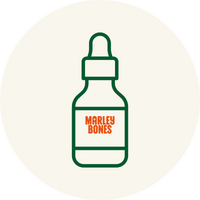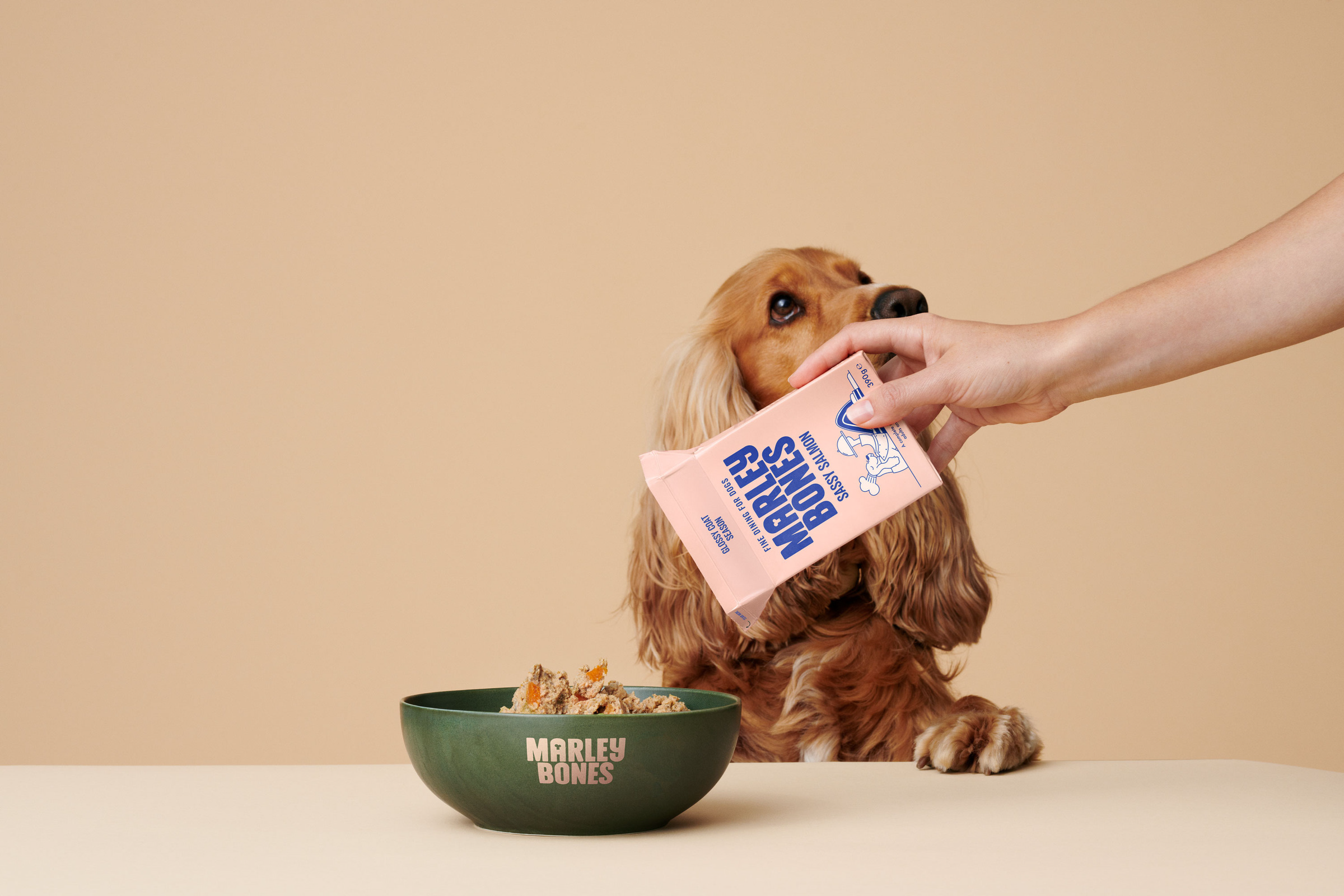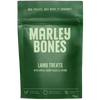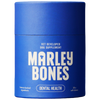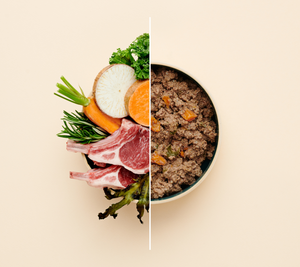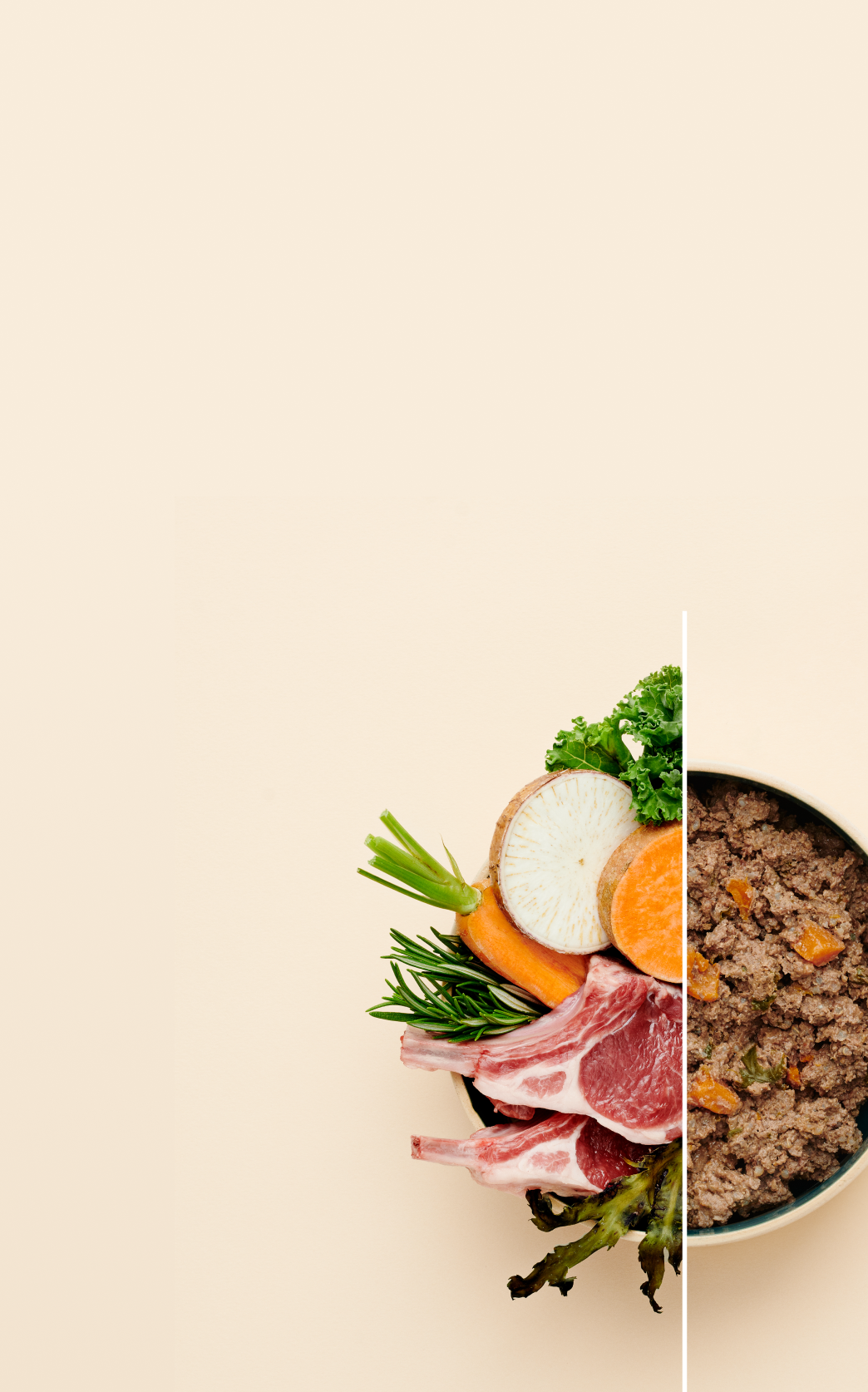My Dog Is Scared Of Water: Overcoming Canine Aquaphobia
Many dog owners notice that their furry companions can be uneasy — or downright terrified — when it comes to water. Whether it's bath time, a swim, or even just walking through puddles, water-related anxiety in dogs is surprisingly common.
This fear can stem from a few things: a negative past experience, lack of early exposure to water, or simply a trait of their breed. Whatever the cause, understanding where the fear comes from — and working patiently to ease it — can make all the difference to your dog’s confidence, well-being, and your shared experiences.
Why Your Dog Might Be Afraid of Water
Some dogs are naturally wary of water. It may feel unfamiliar, unpredictable, or physically uncomfortable. Others might have had a bad experience — a sudden splash, a fall into a pond, or even a bath that felt too cold or stressful. And then, there are dogs who simply weren’t introduced to water early on, and now find it unsettling as adults.
Certain breeds are also less inclined to enjoy water. Unlike Labradors or Spaniels who often take to it instinctively, some smaller or flatter-faced breeds tend to be more cautious or unsure.

Creating Positive Associations with Water
Helping a water-shy dog starts with building a calm, positive environment. Go slowly. Start with low-pressure introductions, like letting your dog stand next to a shallow tray of water or sniff around a quiet, still pond.
Make sure the water is at a comfortable temperature and avoid loud noises (like gushing taps or jets) which might add to their stress. Always use a soft, reassuring tone and reward any curiosity with praise or a treat — Marleybones’ gourmet rewards are perfect for this. These moments help your dog form new, positive associations, replacing fear with curiosity.
Remember: the goal isn’t to make them love water overnight, but to gently show them that it’s safe — and even enjoyable — when they’re in control.
Training Techniques to Build Confidence
Training a dog to be more confident around water takes time, and that’s okay. Short, consistent sessions work best. Start by wetting their paws and gradually build up from there. Let them explore at their own pace — don’t rush them or force them into water before they’re ready.
You can try incorporating floating toys during bath time or in a shallow paddling pool to make it feel more like play than training. Keep sessions short and end on a high note, so they leave with a sense of accomplishment (and maybe a treat or two).
If your dog shows signs of panic or freezing, pause and give them space. Gentle persistence, not pressure, is what creates lasting change.
For dogs that show potential as swimmers, you can nurture this naturally — but always with proper support like a doggy life vest, and in a safe, controlled environment.
Choosing the Best Water For My Dog
Water isn’t just something your dog fears — it’s something they drink every day. So while you're working on water confidence, it’s worth taking a moment to think about the quality of the water they’re consuming.
Tap water is convenient, but it can contain things like chlorine, fluoride, or even heavy metals depending on where you live. Bottled water is an option, but not all are equal, so look for trusted brands with clear quality controls.
The best option? Filtered water. A simple water filter can remove many of the unwanted additives in tap water, giving your dog clean, safe hydration.
Here are a few filter types to consider:
- Carbon filters: Remove odours, chlorine and some chemicals.
- Reverse osmosis: Great for removing heavy metals and many impurities.
- UV filters: Kill bacteria and viruses.
Whatever water you choose, don’t forget to keep their bowl squeaky clean. Rinse it daily with hot water, wash it with mild soap weekly, and avoid any harsh or scented cleaners that might leave behind residue.
And of course, always ensure fresh water is topped up and accessible throughout the day.

Safety Around Water: A Non-Negotiable
Once your dog is becoming more confident, or if you're heading near lakes, rivers, or beaches, safety becomes the next priority.
Always supervise your dog around any body of water, no matter how shallow. Anxious dogs may panic and struggle to find their footing, which can be dangerous even in small garden pools.
If you’re taking your dog somewhere with deeper or unpredictable water, consider a doggy life jacket. Look for:
- A snug fit that still allows natural movement
- Bright colours for visibility
- A sturdy handle so you can lift them easily
- A D-ring for attaching a lead
Stay calm and close. If your dog does fall in or gets overwhelmed, your reassurance and gentle guidance will be their biggest source of comfort.
Not All Dog's are Water Dog's - And That's Fine
Not every dog is destined to love swimming or splashing through streams — and that’s absolutely okay. The aim is not to push your dog into becoming something they’re not, but to help reduce their fear and build trust, one splash at a time.
If they end up simply tolerating bath time without anxiety, that’s still a huge win. If they become the next four-legged swimmer of the family? Even better.
The Final Woof
Helping a dog overcome a fear of water is about empathy, patience, and celebrating the small wins. Whether you're slowly getting them used to baths or just want them to enjoy a walk in the rain without freezing up, your support is what matters most.
With positive experiences, the right tools, and a calm, steady approach, even the most water-wary dogs can learn to feel safe — and sometimes, they might even surprise you.



